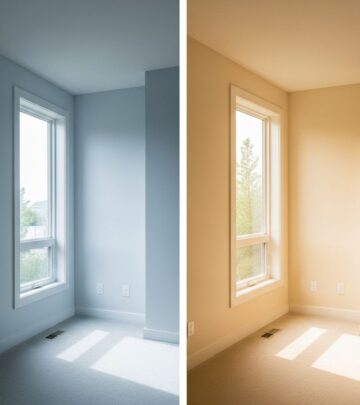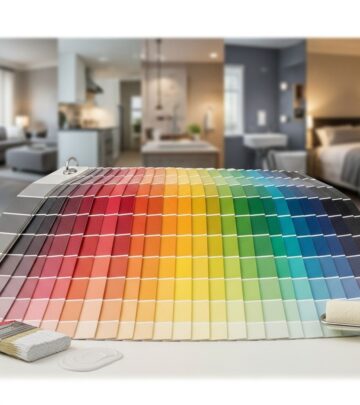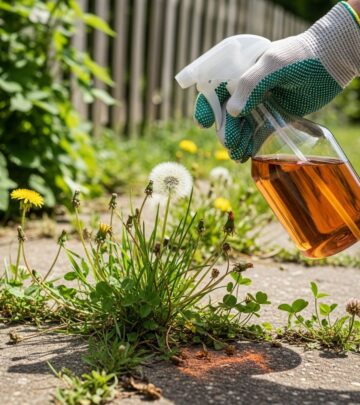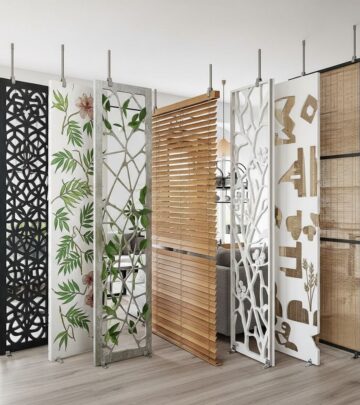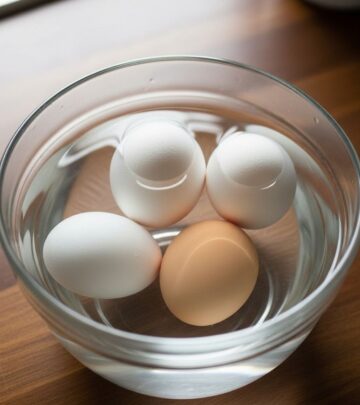Yard Drainage Solutions: 5 DIY Methods To Keep Your Yard Dry
Transform your waterlogged yard into a properly draining landscape with these DIY drainage solutions anyone can implement
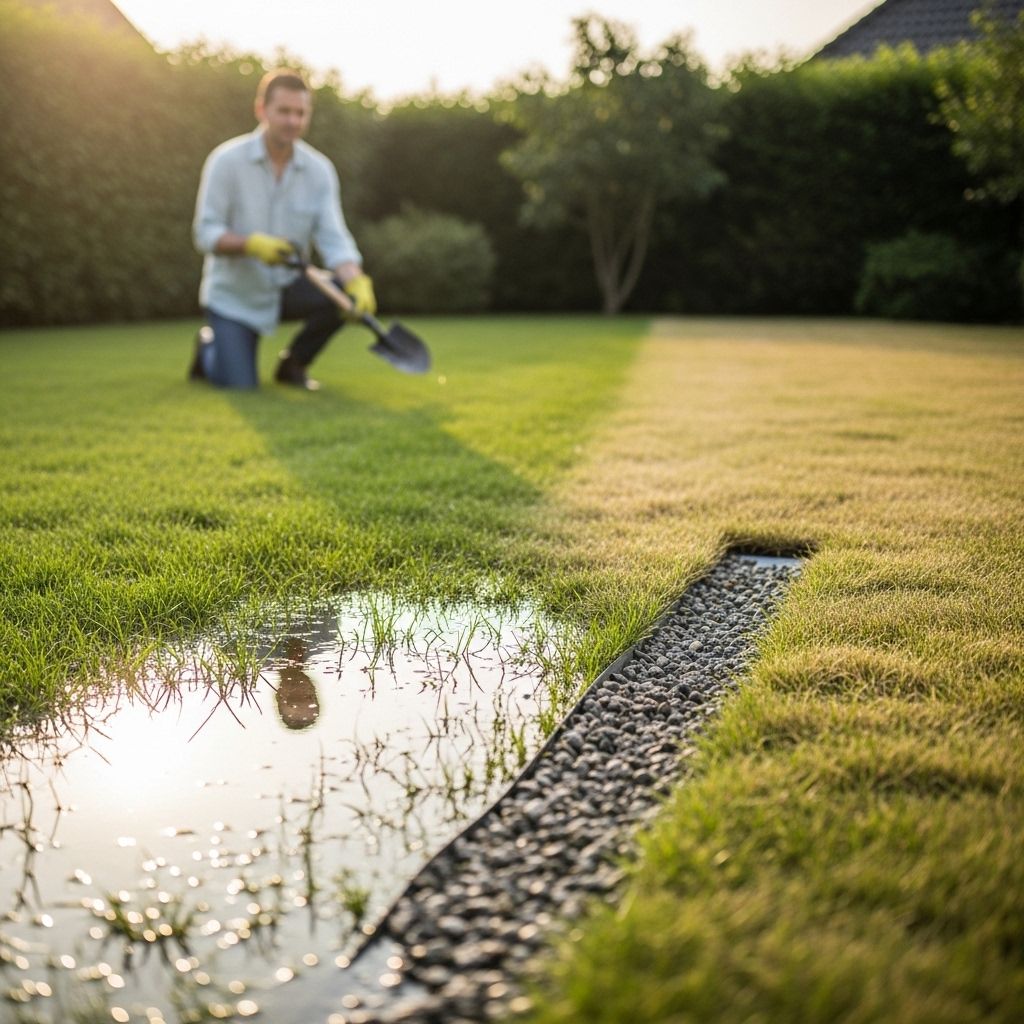
Image: HearthJunction Design Team
DIY Yard Drainage Solutions: Effective Methods for Homeowners
Standing water in your yard is more than just an eyesore—it can damage your home’s foundation, create a breeding ground for mosquitoes, and kill your lawn and garden plants. If you find yourself with puddles that linger long after rainfall or areas of your yard that never seem to dry out, it’s time to consider implementing a drainage solution. Fortunately, many effective yard drainage methods can be tackled as DIY projects, saving you significant money while protecting your property.
Understanding Your Yard’s Drainage Issues
Before diving into any drainage project, it’s essential to understand the source of your water problems. Water always flows downhill, seeking the path of least resistance. When designing drainage solutions, you’ll be working with this natural flow to redirect water away from problem areas.
Common Signs of Poor Yard Drainage
Several indicators suggest you might have drainage problems that need addressing:
- Standing water that remains 24+ hours after rainfall
- Soggy lawn areas that never fully dry
- Water pooling near your home’s foundation
- Eroded soil in certain yard sections
- Dying grass or plants in consistently wet areas
Assessing Your Yard’s Topography
To design a drainage system that works seamlessly with your yard, begin by assessing the slope and grading of the land. The natural inclination of your property will determine which drainage solutions are most appropriate. Walk your property during or immediately after rainfall to observe how water flows and where it accumulates.
Essential DIY Yard Drainage Methods
Depending on your specific situation, one or more of these drainage solutions might be appropriate for your property. Each method varies in complexity, cost, and suitability for different drainage issues.
French Drains: The Versatile Solution
A French drain is one of the most popular and effective drainage systems for redirecting surface and ground water away from problem areas. It consists of a trench filled with gravel and a perforated pipe that collects and channels water away from wet areas.
How to Install a DIY French Drain
- Identify the problem area in your yard that needs drainage improvement. Ensure the drain will be at least 10 feet away from your house or septic system.
- Plan your route – The drain should direct water to a suitable discharge point like a street, storm drain, or drainage ditch.
- Remove the sod along your planned route. Use a flathead shovel to cut and remove grass in strips about 2 inches deep. Water the sod while it’s off the trench to keep it viable for reinstallation later.
- Dig the trench with a shovel or trenching machine. The trench should be approximately 18 inches wide and 24 inches deep, depending on your pipe size. Dig the trench about 3-4 inches wider than needed to make reinstalling sod easier.
- Ensure proper slope – Your drain should slope downward at least 1 inch for every 10 feet of pipe to ensure water flows properly.
- Line the trench with landscape fabric and secure it with sod staples. This prevents soil and roots from clogging the drainage system over time.
- Place the perforated drain pipe in the trench with the holes facing downward.
- Fill with gravel around and over the pipe, leaving about 2 inches below the surface.
- Complete the installation by adding topsoil and replanting grass, or placing the original sod back over the trench.
Dry Wells: Underground Water Collection
A dry well is essentially a holding tank for excess runoff. When there’s nowhere logical to direct water runoff, a dry well can store water temporarily until it gradually seeps into the surrounding soil.
Installing a Basic Dry Well
Installing a dry well involves a process similar to installing a French drain:
- Dig a hole approximately 4 feet deep where water tends to collect.
- Line the hole with landscape fabric to prevent soil infiltration.
- Place a perforated container or commercial dry well unit in the hole.
- Connect any drainage pipes from problem areas, ensuring they slope toward the dry well (one-quarter inch per foot is recommended).
- Surround the dry well with gravel to facilitate drainage.
- Cover with landscape fabric and soil, leaving access for future maintenance.
Curtain Drains: Intercepting Surface Water
A curtain drain is an excellent solution when your property is higher than surrounding areas like streets or woodland. This system intercepts water flowing across your property and redirects it to a more suitable location.
The installation process for a curtain drain is similar to a French drain, but the positioning is critical. Curtain drains are typically installed perpendicular to the water’s flow path and uphill from the area you want to protect.
Catch Basins: Managing Concentrated Flow
Catch basins are ideal for areas where water tends to pool or concentrate, such as at the bottom of a downspout or in a low spot in your yard. These basins collect water and direct it into underground pipes that carry it away from problem areas.
Simple Catch Basin Installation
- Dig a hole large enough for your catch basin at the collection point.
- Connect drainage pipes to the basin’s outlet ports.
- Ensure pipes slope away from the basin toward the discharge point.
- Place the basin so its grate sits slightly below the surrounding ground level.
- Backfill around the basin and pipes with gravel for improved drainage.
Surface Drainage Solutions
Not all drainage solutions require extensive digging. Some effective methods work with your yard’s surface to guide water away from problem areas:
- Swales: Shallow, sloped channels that direct surface water to a desired location
- Drainage ditches: Deeper channels that can handle larger volumes of water
- Rain gardens: Planted depressions that absorb and filter rainwater runoff
- Permeable materials: Replacing hardscaping with permeable pavers or gravel to allow water infiltration
Materials and Tools for DIY Drainage Projects
Proper preparation ensures your drainage project goes smoothly. Here’s what you’ll typically need:
Essential Tools
- Shovel (flat and pointed)
- Rake
- Tape measure
- Level
- String line
- Wheelbarrow
- Tamper
Materials Checklist
- Perforated drainage pipe
- Landscape fabric
- Gravel (typically 3/4-inch washed)
- Catch basins (if needed)
- Pipe fittings and connectors
- Sod staples
- Topsoil (for finishing)
Maintenance and Troubleshooting
Even the best drainage system requires occasional maintenance to function properly over time. Implement these practices to keep your drainage solutions working effectively:
Regular Maintenance Tips
- Clear debris from catch basin grates and drainage channels
- Inspect and clean out drain outlets seasonally
- Check for and repair any erosion around drainage components
- Maintain proper grading around your home
- Clean out drainage pipes if water flow seems restricted
Common Problems and Solutions
| Problem | Possible Cause | Solution |
|---|---|---|
| Standing water remains after installation | Insufficient slope or blockage | Check pipe slope and clear any blockages |
| Drainage system overflows during heavy rain | Undersized system | Add additional drainage components or increase pipe diameter |
| Soggy areas developing near drain lines | Pipe or fabric failure | Excavate and repair damaged sections |
| Erosion at discharge point | Too much concentrated flow | Add erosion control materials or create a splash block |
When to Call a Professional
While many drainage issues can be resolved with DIY solutions, certain situations call for professional expertise:
- Severe flooding that threatens your home’s foundation
- Projects requiring heavy equipment or excavation near utilities
- Complex grading issues affecting multiple properties
- When local codes require permits or professional installation
- If DIY solutions have failed to resolve the problem
Frequently Asked Questions (FAQs)
Q: How deep should I install a French drain?
A: A French drain should typically be installed 18-24 inches deep, but the depth may vary depending on your specific situation. The drain needs to be deep enough to intercept groundwater but shallow enough that water can easily flow into it.
Q: Can I install drainage solutions in winter?
A: It’s best to install drainage systems during spring or fall when the soil is workable but not soggy. Winter installation can be challenging due to frozen ground in many regions. Hand digging is easiest in spring when soil is still somewhat moist.
Q: How long do DIY drainage systems typically last?
A: With proper installation and maintenance, a DIY drainage system can last 15-20 years or more. Using quality materials and landscape fabric to prevent clogging will extend the lifespan of your system.
Q: What’s the difference between a French drain and a curtain drain?
A: While the construction is similar, the main difference is in the application. A French drain typically addresses existing water problems in specific areas, while a curtain drain intercepts surface water before it reaches problem areas. Curtain drains are usually installed perpendicular to the slope and uphill from the area needing protection.
Q: Will adding drainage affect my landscaping?
A: Initially, yes—installing drainage requires digging trenches through your yard. However, with proper restoration, including replacing sod or planting grass seed, the evidence of your drainage project should be minimal after a growing season. Some homeowners even incorporate drainage projects into overall landscape redesigns.
With these DIY drainage solutions, you can effectively manage water problems in your yard, protect your property, and create a healthier landscape. By understanding the source of your drainage issues and implementing the appropriate solution, you’ll enjoy a drier, more usable outdoor space for years to come.
References
Read full bio of Srija Burman


